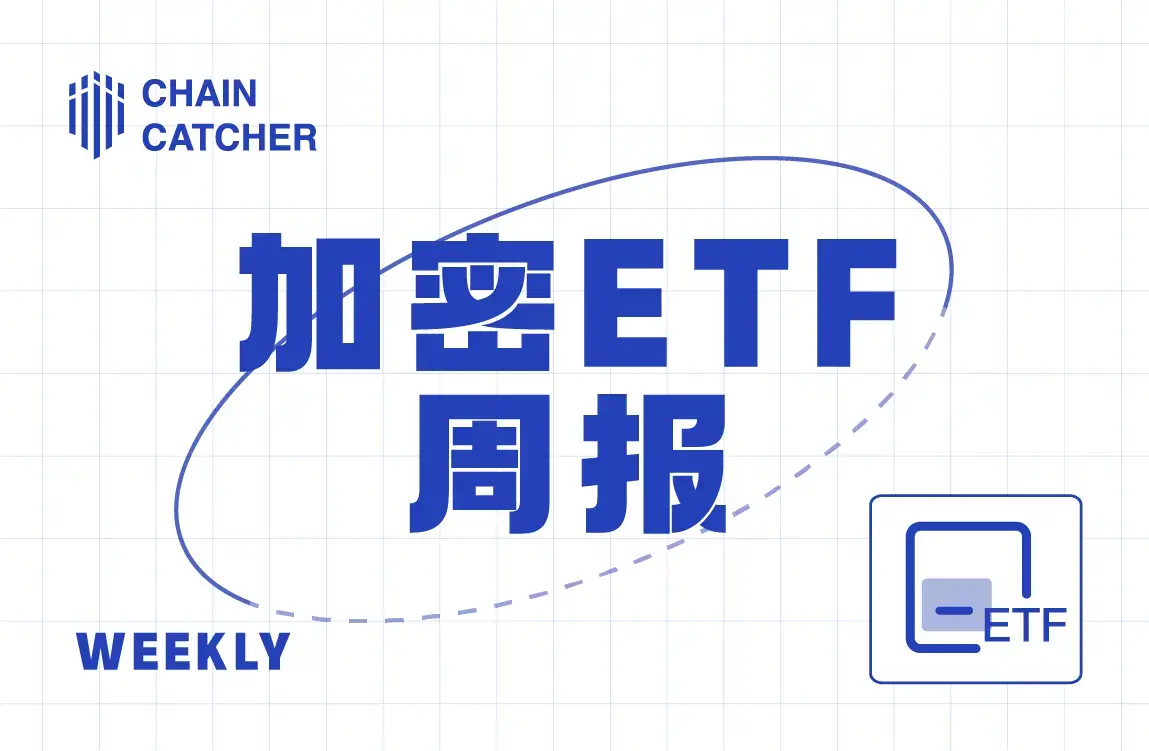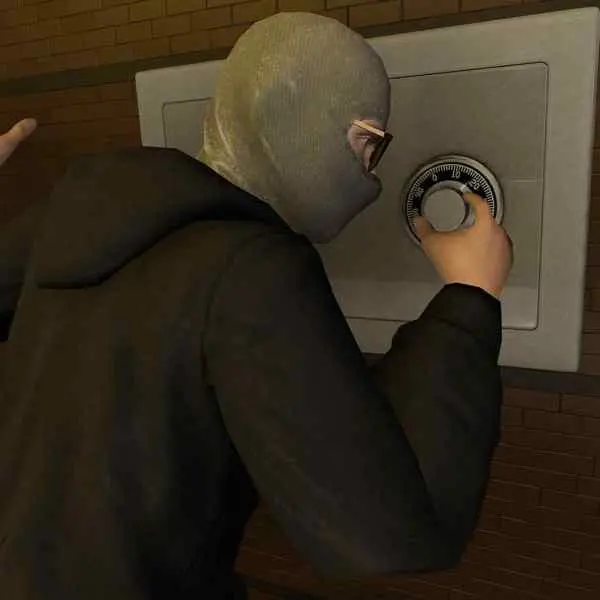The explosive popularity of Ore: Mining profits are close to shutdown prices, and V2 performance is not as good as V1
Author: Arain, ChainCatcher
Editor: Marco, ChainCatcher
Ore resumed mining on August 6, becoming a highly anticipated project on Solana this week, with the popularity of RootData on the Web3 data asset platform skyrocketing.
On July 29, Ore founder Hardhat Chad released the ORE v2 version update. According to Coingecko data, the price of Ore hit a new high of $1409 per coin at noon on July 30, rising nearly 40% within 24 hours.
Based on the performance of Ore V1 in April this year—when the mining frenzy caused network congestion on Solana, forcing technical upgrades—many miners turned their attention to the project ahead of the V2 mining launch.
Perhaps influenced by the widespread market crash, contrary to expectations, the price of Ore plummeted after resuming mining on August 6, dropping nearly 90% from its peak by the time of publication, with miners complaining in the community that Ore is at a shutdown price.
Current Mining Returns for Ore V2 Are Not Optimistic
Ore's anonymous founder Hardhat Chad stated that Ore aims to become "the internet's native currency." Similar to Bitcoin, Ore uses a proof-of-work (PoW) algorithm, and the total supply is also set at 21 million. However, unlike Bitcoin, Ore has a "non-exclusive mining reward mechanism," meaning that each miner solves their own "problem," and the "problems" each miner has may be different, creating a non-competitive relationship among miners.
In terms of philosophy, Ore does not require miners to have specific hardware or computer knowledge; its official website claims that "any laptop, phone, or home computer can mine ORE. No need to purchase high-end hardware, even software novices can start mining."
However, this is not the case. According to an interview with ChainCatcher, new miners planning to mine Ore encountered some issues during deployment.
Miner Xiao C only started researching mining after Ore V2 began. He stated that due to the fragmented tutorials available online, he attempted to deploy it personally but was not very successful, and has now handed the tutorial documents over to the technical team for further study.
Wang Xiaolou, a Chinese-speaking KOL in the crypto industry on Twitter and a founding member of KillerWhalesDAO, shared his mining tutorial after successfully mining Ore with his personal computer.
He told ChainCatcher that he started mining at 8:00 AM on August 6, but did not mine continuously, saying, "I don't remember how long in total, my current Stake balance shows 0.00458741627 ORE."
Wang Xiaolou pointed out that with the upgrade to V2, renting servers to mine Ore is not feasible, and using a personal computer can be attempted successfully, but currently, his personal "M3" is struggling—M3 is the world's first computer chip based on 3-nanometer technology launched by Apple in October 2023.
"It's quite difficult to mine now, but it's worth experiencing," Wang Xiaolou said.
Xiao C expressed that Wang Xiaolou's experience with Ore mining made him reconsider whether to deploy mining for Ore, saying, "This is a shutdown price, right? My friend just said he only mined 0.0004, just enough for the electricity bill. With such low returns, I might not consider mining for now."
However, Wang Xiaolou stated that he would continue to mine, saying, "This is my pursuit of technology."
ChainCatcher also found that complaints about low mining returns for Ore are rampant in the Ore community, with many miners like Wang Xiaolou expressing a "painful yet joyful" experience, joking about losing money while mining.
Why Ore Is Drawing Attention Again
"Ore 2.0 is here, the initial mining feast directly caused Solana's entire chain to slow down, and the coin price even soared to over ten thousand U.S. dollars. Now with 2.0, you can mine directly through a webpage; just open the webpage, link your wallet, and it requires some gas. Hurry up and take action." As Ore V2 arrives, KOLs on Twitter are calling for action.
As users flock to the high-performance, low-cost Solana public chain today, a novel mining protocol designed for fair token distribution, "Ore," has emerged, akin to a Bitcoin on Solana, sparking a mining frenzy on the platform.
On April 2, ORE V1 was deployed on Solana, providing mining opportunities for those who deposited SOL into smart contracts, thus sharing a protocol reward of one ORE per minute.
Ore does not have venture capital backing. Hardhat Chad stated that it started as an experimental hackathon project, which won a $50,000 prize from a Solana-supported hackathon in early May, as it was deemed one of the projects that could potentially impact Solana.
Ore indeed affected Solana. By mid-April, this conclusion had been validated by the market. Many became interested in the "Bitcoin" on Solana, and with the high output of one ORE per minute, Ore mining became one of the most utilized activities on Solana. However, the relatively easy-to-manipulate Ore V1 algorithm led to a surge of spam that clogged the Solana network, causing many transactions initiated by mining activities to fail—only those who successfully submitted could mine Ore.
On April 16, Hardhat Chad announced the suspension of mining to improve Ore and launch Ore V2. Thus, Ore temporarily quieted down in the market.
At the end of July, Ore re-emerged in the form of Ore V2, which is a completely different version from V1. This version is divided into three phases: upgrading V1 token metadata, activating the upgrade from V1 to V2, and activating mining.
The Ore v2 version update includes:
- Removal of administrator variables: The new version improves decentralization by using an open-source algorithm for management, eliminating administrator variables;
- Supply limit: Ore v2 sets a total supply limit of 21 million coins, expected to be mined by 2064;
- Introduction of a staking mechanism: Miners can earn up to 2 times the mining rewards through staking;
- CPU-friendly hash function: A hash function more friendly to CPUs is adopted, reducing the hardware requirements for mining and improving accessibility;
- Optimized anti-sybil attack strategy: The strategy has been optimized to reduce the risk of sybil attacks;
- Client upgrades: Future support for more devices;
- Upgradable smart contracts: Smart contracts can be upgraded in the early stages, but will be permanently frozen later;
- Token exchange: V1 tokens can be exchanged for the new Ore at a 1:1 ratio within 3 months, providing a smooth transition for holders of the old tokens.
It is important to note that the V2 version has two major changes: the introduction of a new, less manipulable mining algorithm DrillX, designed to ensure that simple mobile and laptop miners will never be unable to mine due to high prices; and the introduction of staking to increase mining rewards, which aims to reduce the creation of demand and incentivize miners to hold rather than claim and sell to maintain price stability.
However, based on the current discussions in the Ore miner community, Ore V2 does not offer returns as attractive as those of V1, and the introduction of staking has not generated the desired returns for miners.
In Ore's Discord, miner @Bb849 expressed confusion over the price drop of V2, writing, "I don't understand why the price has plummeted. There aren't enough Ore to dump. We (the miners) may have created about 4000 Ore, but all of them are staked."
@Junlerotg.xbt replied to Bb849, stating that many uninformed buyers overbought Ore before the launch of V2, and are now selling due to losses in the current market. This conclusion was supported by many other miners in the V2 discussion area, with other miners pointing out that V1 holders might also upgrade to V2 and sell in the process, as the mining cost for V1 is lower—but this group is not large.











